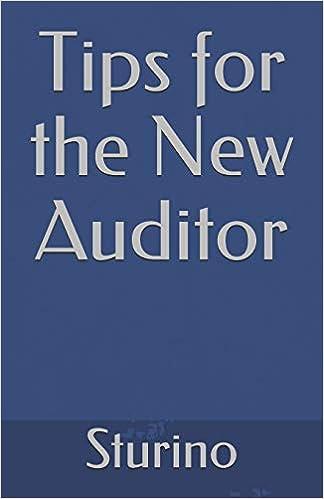Question
6. Which of the three classic notions of centrality describes the extent to which a position has short paths to all other positions in the
6. Which of the three classic notions of centrality describes the extent to which a position has short paths to all other positions in the network? A. Degree B. Betweenness C. Coreness D. Bonacich Power E. Closeness
7. Fill in the blank: When asked about things they dont understand in a survey context, subjects tend to . A. skip the question B. refuse to answer the question C. give the correct answer D. make something up E. go research the correct answer
8. Which of the three classic notions of centrality describes the extent to which a position serves as a bridge? A. Betweenness B. Closeness C. Degree D. Bonacich Power E. Coreness
10. Which of the following does Bulgatz not identify as contributing to the end of the Florida Land Boom of the 1920s? A. A decline in new investments in late 1925 B. The hurricane of 1926 C. Deliberate action by Florida officials to curb boosterism D. Cascading defaults of leveraged purchases E. Uncertainty regarding the taxability of paper profits on land sales
14. Fill in the blank: In their studies of coin toss prediction, Langer and Roth found that a substantial minority of subjects . A. were able to influence the outcomes of coin tosses B. believed that distractions would impair their performance, while practice would im- prove it C. exhibited preference reversal for coin-toss gambles D. were convinced that they had psychic powers E. correctly predicted coin toss outcomes more than 75% of the time
16. Which of the following types of position is generally strongest in positive exchange networks? A. Pendants B. Bridges C. k-cores D. Clique members E. Hubs
18. In a series of studies relating group size to helping behavior, Latan e and colleagues obtained what general result? A. Group size had no overall effect on helping B. Small groups and large groups both generated more helping than medium-sized groups C. Helping decreased with group size D. Helping increased with group size E. Small groups and large groups both generated less helping than medium-sized groups
19. Under Affect Control Theory, what would the boldface element in the event An angry manager yells at a lazy worker in the boardroom. be called? A. An actor B. A transient state C. A setting D. An object E. A behavior
20. Which of the following is not a saliency manipulation which has been shown to lead to attributions of causal significance? A. placing the focal actor in the background B. shining a bright light on the focal actor C. having the focal actor wear a brightly colored shirt D. placing the focal actor in front of the subject E. making the focal actor appear to be unusual (e.g., a minority)
Step by Step Solution
There are 3 Steps involved in it
Step: 1

Get Instant Access to Expert-Tailored Solutions
See step-by-step solutions with expert insights and AI powered tools for academic success
Step: 2

Step: 3

Ace Your Homework with AI
Get the answers you need in no time with our AI-driven, step-by-step assistance
Get Started


